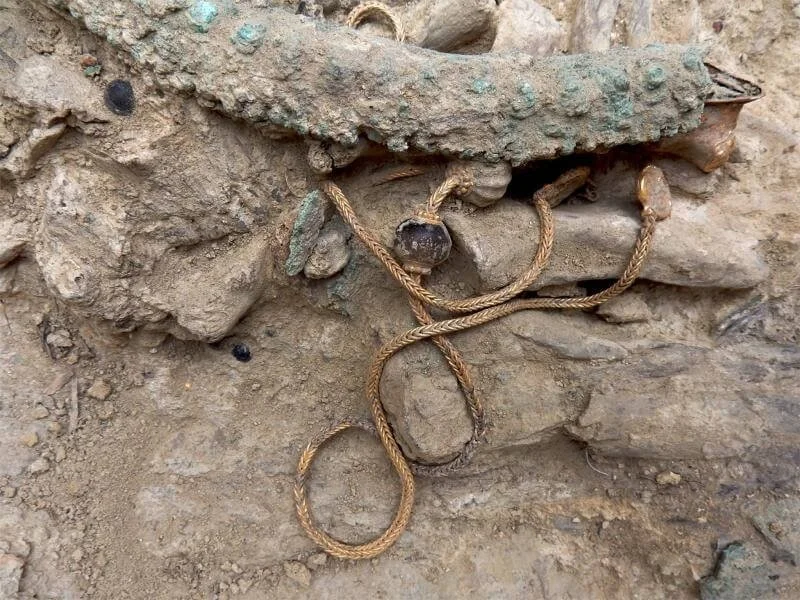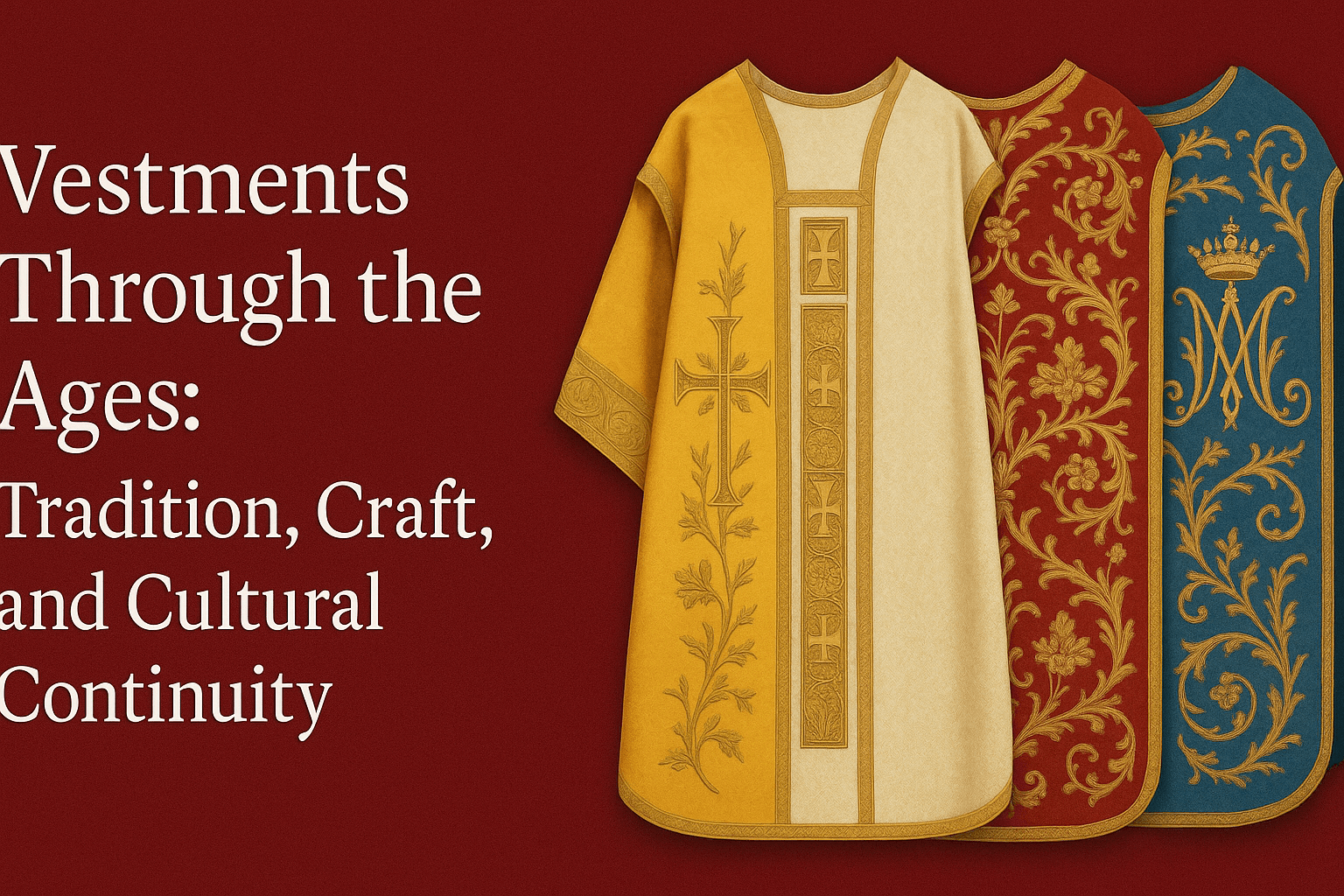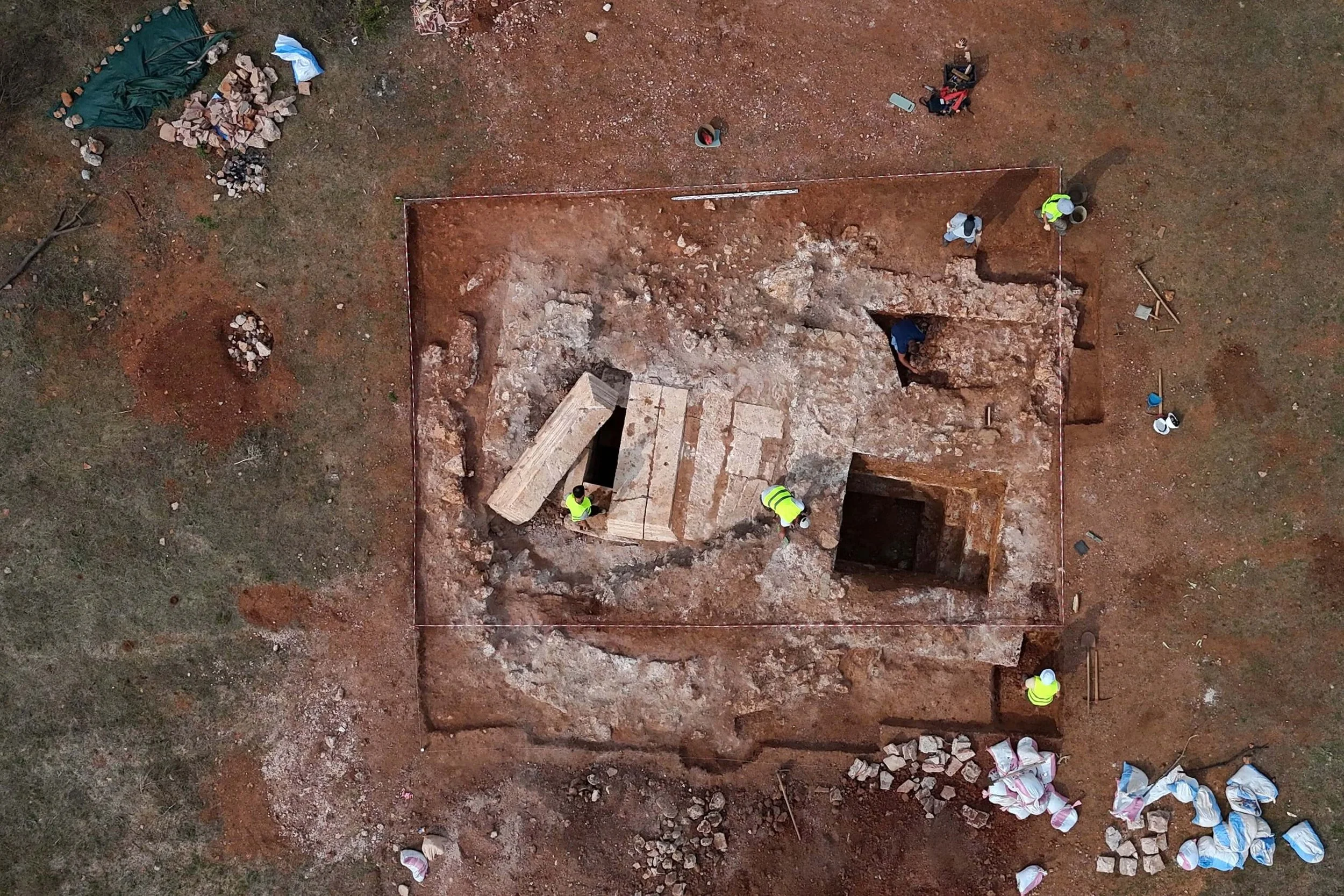Introduction
The Antikythera Mechanism is one of the most remarkable and enigmatic artifacts of the ancient world. Discovered in 1901 in a shipwreck off the coast of the Greek island of Antikythera, this intricate device has puzzled historians, archaeologists, and scientists for over a century. Believed to be an early form of an astronomical computer, the mechanism demonstrates an extraordinary level of technological sophistication far ahead of its time. This article explores the history, function, and significance of the Antikythera Mechanism, as well as ongoing research into its mysteries.
Discovery and Initial Analysis
Location and Context: The mechanism was retrieved from a Roman-era shipwreck dating to around the 1st century BCE, alongside other valuable artifacts such as bronze statues, coins, and ceramics.
First Impressions: At the time of discovery, the mechanism appeared as a corroded mass of bronze and wood, and its significance was not immediately recognized.
Early Investigations: In the early 20th century, scholars identified a complex system of gears within the device, suggesting an advanced mechanical function.
Structure and Components
The Antikythera Mechanism is composed of at least 82 fragments, including a system of interlocking gears, inscriptions, and dials.
Main Features:
A large circular dial on the front, believed to track celestial bodies and the zodiac cycle.
Multiple gears arranged in a differential system, allowing complex calculations.
A back panel with spiral dials for predicting eclipses and tracking the cycles of the Moon and Sun.
Materials: The device is made of bronze, with intricate engravings that provide clues to its function.
Function and Purpose
Recent studies suggest that the Antikythera Mechanism served as an astronomical calculator, capable of predicting celestial events with remarkable accuracy.
Astronomical Predictions: The mechanism tracked the movements of the Sun, Moon, and possibly the planets according to ancient Greek astronomical theories.
Eclipse Prediction: The back dials contain a Saros cycle, used to forecast lunar and solar eclipses.
Calendrical Function: The mechanism could calculate different calendar cycles, including the Metonic cycle (19-year lunar-solar cycle).
Olympic Games Tracker: Some researchers propose that it was also used to determine the dates of the ancient Olympic Games.
Technological Significance
The Antikythera Mechanism challenges modern perceptions of ancient technological capabilities.
Engineering Complexity: The device employs differential gearing, a concept thought to have been developed only in the Middle Ages.
Greek Scientific Knowledge: The mechanism suggests a high level of understanding in astronomy, mathematics, and mechanical engineering during the Hellenistic period.
Possible Origins:
Some theories link the device to the teachings of Hipparchus, a Greek astronomer who studied planetary motion.
Other scholars speculate it may have originated from a workshop influenced by Archimedes.
Modern Research and Reconstructions
X-ray and CT Scanning: Advanced imaging techniques have revealed additional inscriptions and internal mechanisms previously hidden by corrosion.
Reproductions: Several working models have been built, confirming the device’s ability to perform complex astronomical calculations.
Ongoing Studies: Research continues to uncover the full capabilities and historical context of the Antikythera Mechanism.
Conclusion
The Antikythera Mechanism remains one of the most extraordinary technological achievements of the ancient world. Its advanced design challenges conventional views on the limits of ancient engineering and suggests that Greek scientists possessed knowledge far more sophisticated than previously assumed. While much has been uncovered, the full extent of the mechanism’s capabilities and origins remains a mystery, continuing to inspire scientific inquiry and fascination.


























